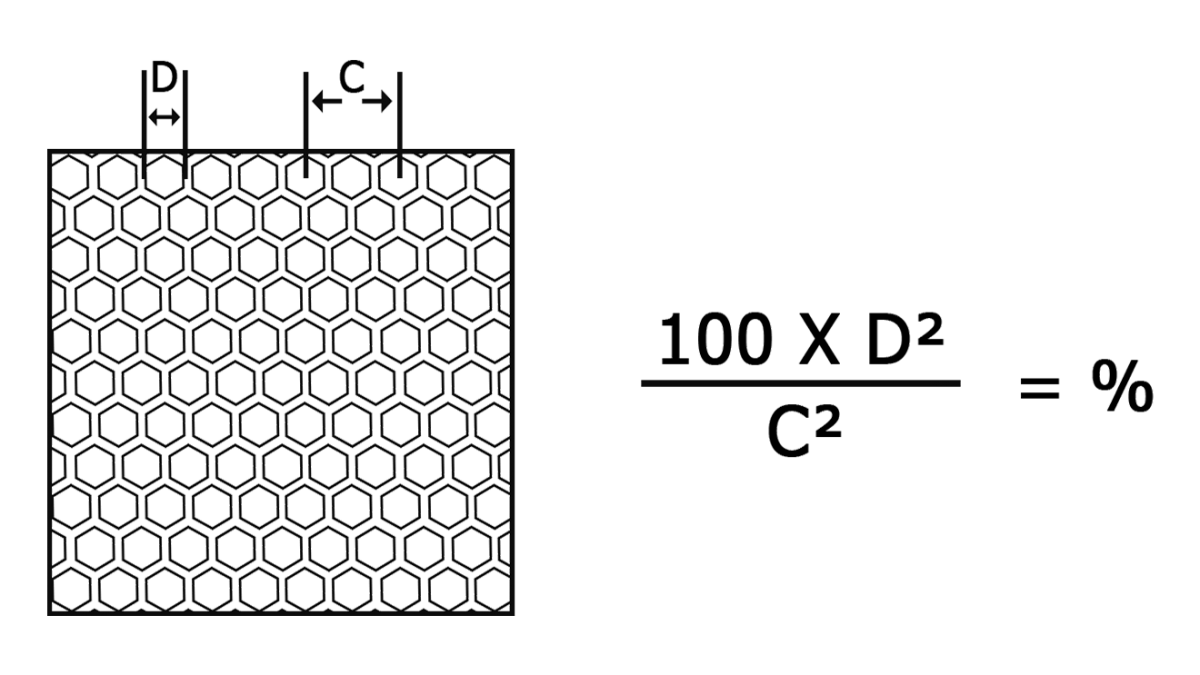10+ Displacement Formulas For Accurate Results

Displacement, in the context of physics and engineering, refers to the change in position of an object from one point to another. Understanding displacement is crucial for calculating various physical quantities such as velocity, acceleration, and force. The formulas related to displacement can vary depending on the information provided and the context of the problem. Here, we will explore more than 10 displacement formulas that are essential for obtaining accurate results in physics and engineering calculations.
1. Basic Displacement Formula
The basic displacement formula is given by: [ \Delta x = x_f - x_i ] where ( \Delta x ) is the displacement, ( x_f ) is the final position, and ( x_i ) is the initial position.
2. Displacement Using Velocity and Time
When the velocity of an object is constant, the displacement can be calculated using the formula: [ \Delta x = v \times t ] where ( v ) is the velocity and ( t ) is the time over which the object moves.
3. Average Velocity Formula
The average velocity of an object can be found using the displacement and the total time taken: [ v_{avg} = \frac{\Delta x}{t} ]
4. Instantaneous Velocity
Instantaneous velocity at a particular time can be calculated if the displacement function ( x(t) ) with respect to time is known: [ v = \frac{dx}{dt} ] This is essentially the derivative of the position function with respect to time.
5. Acceleration Formula
Acceleration can be calculated if the change in velocity over a period is known: [ a = \frac{\Delta v}{\Delta t} ] This formula can also be expressed in terms of displacement and time if the initial velocity is known: [ a = \frac{2(\Delta x - v_i \Delta t)}{(\Delta t)^2} ]
6. Displacement Under Uniform Acceleration
For an object moving under uniform acceleration, the displacement can be calculated using the equation: [ \Delta x = v_i t + \frac{1}{2}at^2 ] where ( v_i ) is the initial velocity, ( a ) is the acceleration, and ( t ) is the time.
7. Displacement Using Final Velocity
If the final velocity ( v_f ) is known, displacement under uniform acceleration can also be found using: [ \Delta x = \frac{v_f^2 - v_i^2}{2a} ]
8. General Displacement Equation
The general equation for displacement under constant acceleration is given by: [ x(t) = x_i + v_i t + \frac{1}{2}at^2 ] This equation can be used to find displacement at any time ( t ).
9. Relative Displacement
In relative motion, the displacement of one object with respect to another can be important: [ \Delta x_{rel} = \Delta x_2 - \Delta x_1 ] This formula calculates the relative displacement between two objects.
10. Displacement in Two Dimensions
For objects moving in two dimensions, displacement can be calculated using vector addition: [ \Delta \mathbf{r} = \Delta x \mathbf{i} + \Delta y \mathbf{j} ] where ( \Delta \mathbf{r} ) is the displacement vector, and ( \Delta x ) and ( \Delta y ) are the displacements in the x and y directions, respectively.
11. Circular Displacement
For circular motion, the displacement around a circle can be given by the arc length formula: [ s = r\theta ] where ( s ) is the arc length (displacement along the circle), ( r ) is the radius, and ( \theta ) is the angle subtended at the center in radians.
Conclusion
Understanding and applying these displacement formulas is crucial for solving problems in physics and engineering. Whether calculating the position of an object under uniform motion, uniform acceleration, or in more complex scenarios involving relative motion or circular paths, these formulas provide the foundation for deriving the displacement and subsequently other kinematic quantities.
FAQ Section
What is the difference between distance and displacement?
+Distance refers to the total length of the path traveled by an object, while displacement refers to the shortest distance between the initial and final positions, taking into account the direction of travel.
How do you calculate displacement when the acceleration is not constant?
+To calculate displacement under non-constant acceleration, one must use the equation of motion that corresponds to the specific acceleration function, often involving integration of the acceleration function with respect to time.
Can displacement be negative?
+Yes, displacement can be negative, depending on the coordinate system used. A negative displacement indicates movement in the opposite direction to what is considered positive in the chosen coordinate system.



